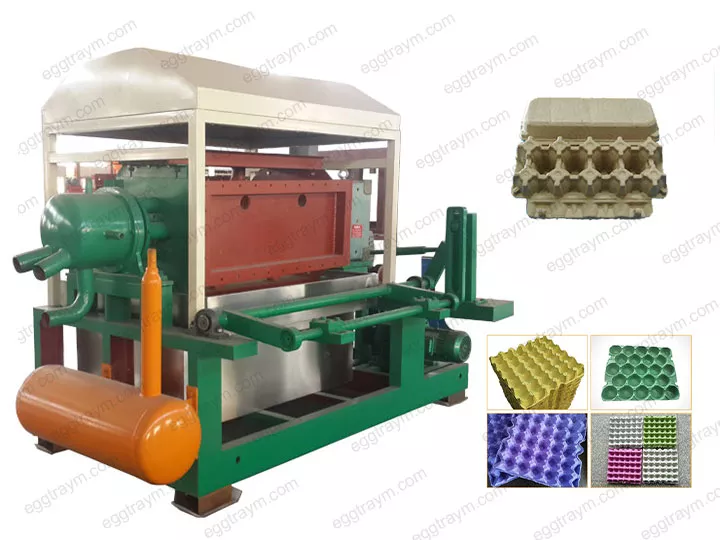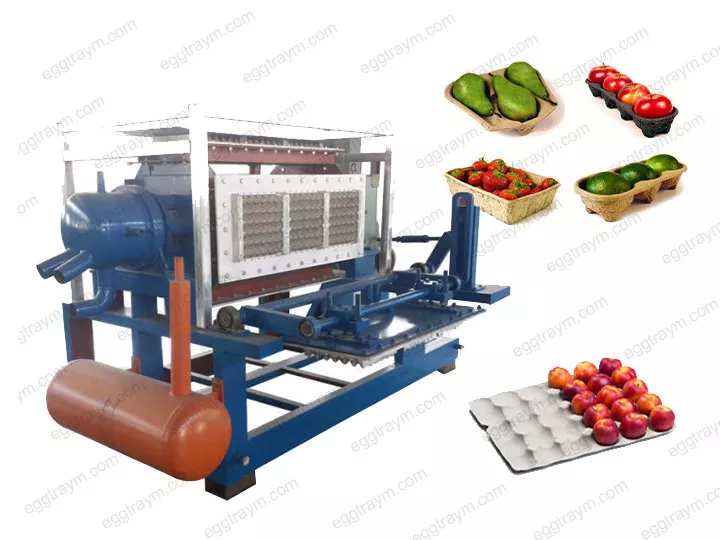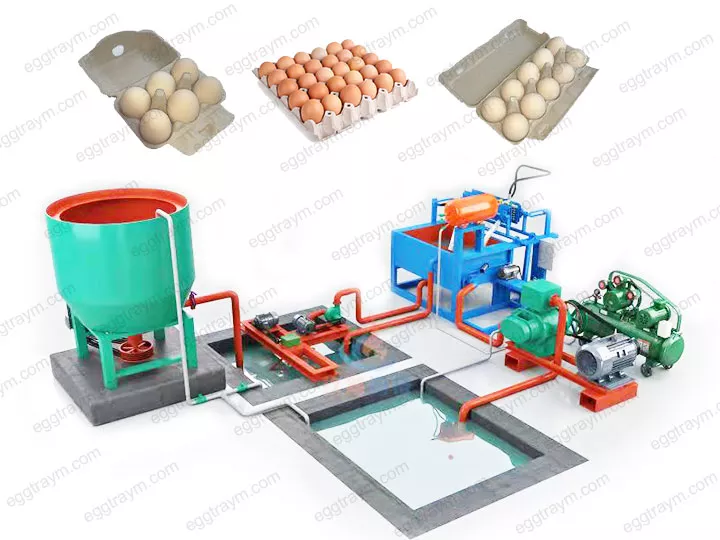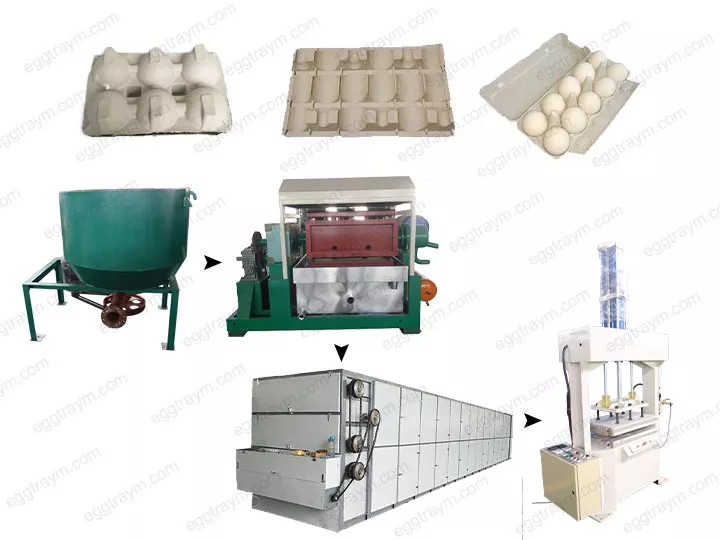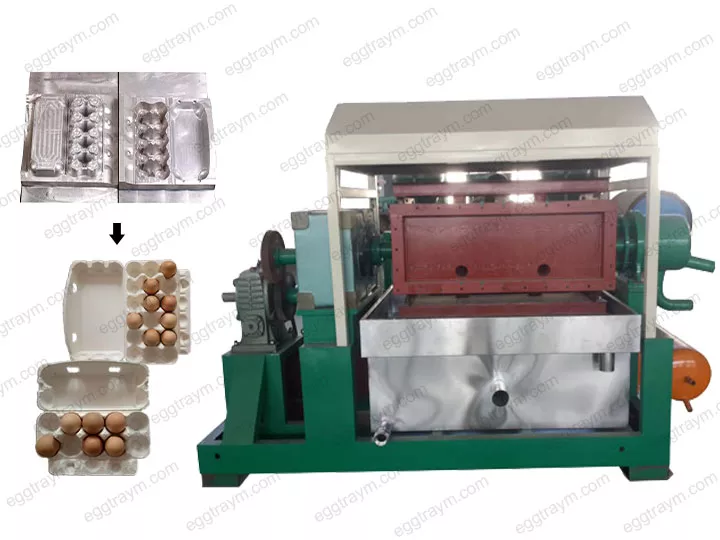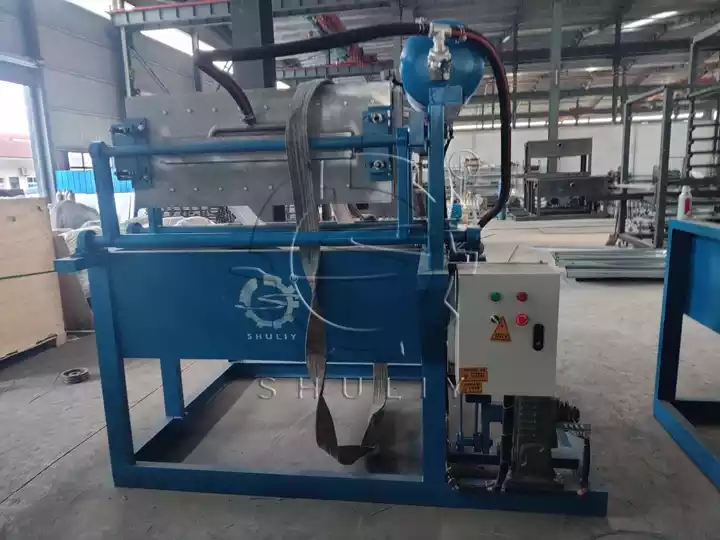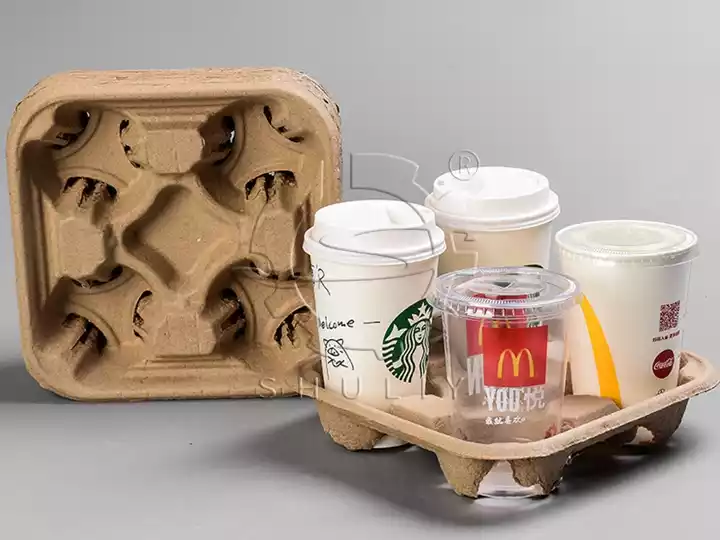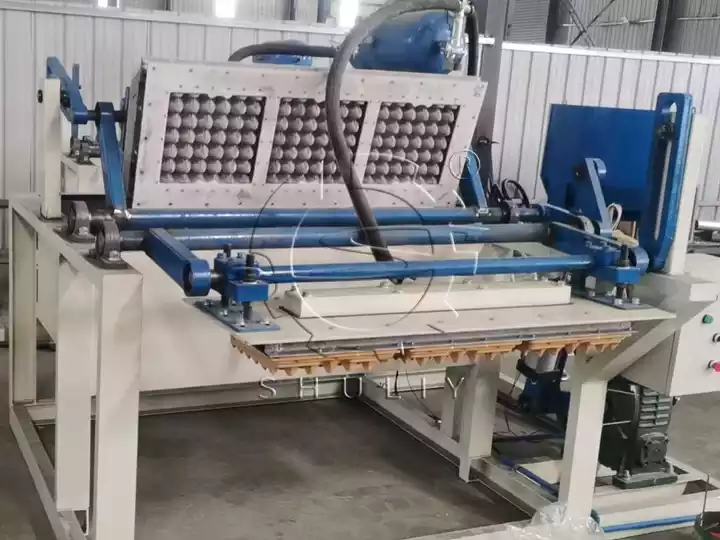Кыргызстан вводит линию для производства поддонов из целлюлозы для повышения автоматизации производства.
Местная компания по производству экологически чистой упаковки в Кыргызстане долгое время полагалась на традиционные методы производства яичных поддонов, которые требовали высокой трудоемкости и приводили к низкой производительности и растущим затратам на труд. Компании срочно нужна высоко интегрированная, надежная автоматизированная линия для производства яичных поддонов из целлюлозы, чтобы оптимизировать численность персонала, увеличить производственные мощности и снизить операционные расходы.
Цель проекта клиента
- Основная цель клиента при модернизации оборудования заключалась в увеличении уровня автоматизации как минимум на 50% от существующей производственной базы.
- Необходимо было обеспечить плавный переход от формовки яичных лотков, сушки и сбора.
- В то же время необходимо обеспечить непрерывность и стабильность производственного процесса, чтобы удовлетворить потребности в доставке крупных заказов и поддержать долгосрочное устойчивое развитие.
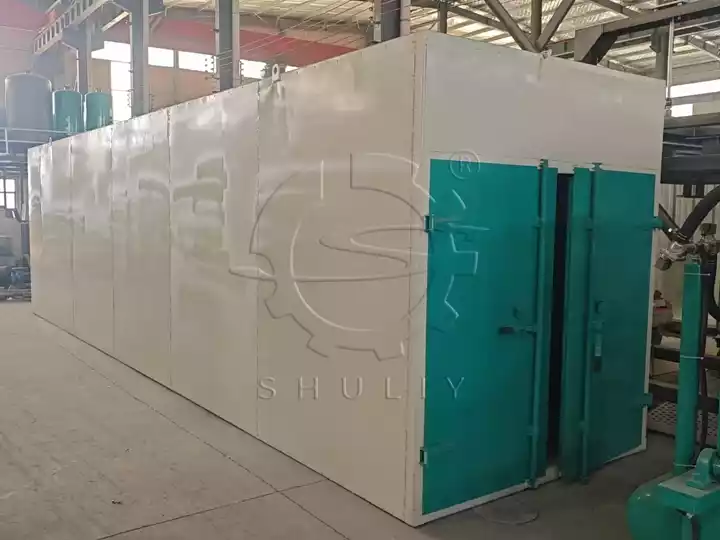
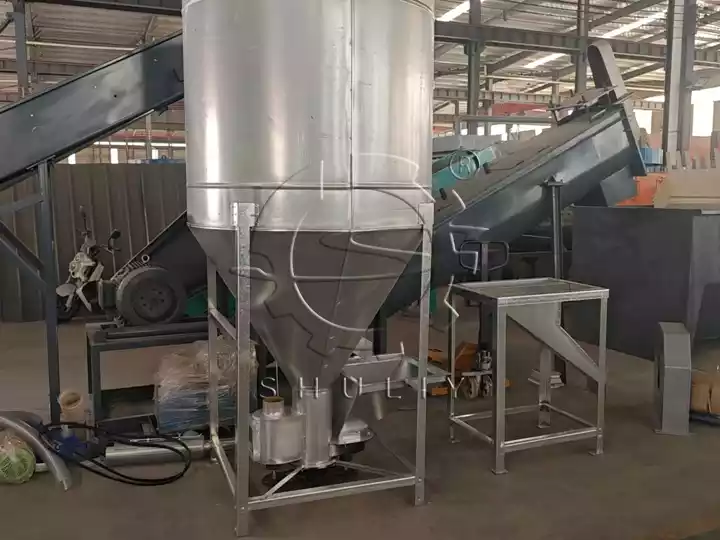
Индивидуальное решение для линии по производству яичных лотков из пульпы
Команда Shuliy провела несколько раундов технической коммуникации с клиентом в Кыргызстане, чтобы понять их производственные узкие места и потребности в автоматизации.
Основываясь на беспокойствах клиента по поводу стабильности оборудования, простоты эксплуатации и последующих затрат на обслуживание, мы предложили линию для производства ячеек для яиц SL4-1 в качестве основы, вместе с полностью автоматизированной системой непрерывной сушки и устройством для сбора и палетирования поддонов, чтобы улучшить общую эффективность обработки.

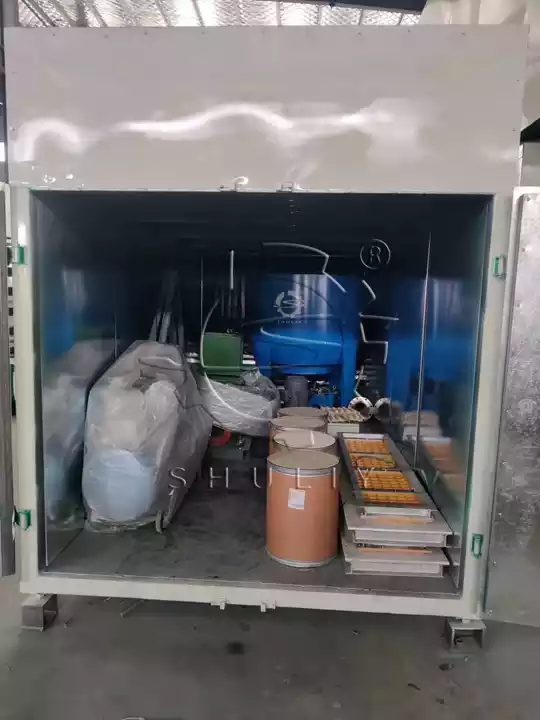
Детали конфигурации проекта производственной линии
Заказчик в итоге решил внедрить производственную линию яичных лотков SL4-1 со следующей конфигурацией:
- Производственная мощность: 1500 подносов для яиц в час
- Количество форм: 4 барабана, 1 конфигурация формовочной головки
- Сырьё: макулатура
- Тип готового продукта: бумажный поднос для яиц
- Дополнительное оборудование: автоматическая система непрерывной сушки металла, автоматическая система сбора лотков
- Установка: техническое руководство и установка инженерами Shuliy на месте
В настоящее время производственная линия яичных лотков успешно установлена и введена в эксплуатацию в Кыргызстане.
Вся линия обеспечивает эффективное использование ресурсов отходов бумаги благодаря высокоавтоматизированным системам подготовки целлюлозы, формования, сушки и укладки. Это не только значительно повышает производственную эффективность и однородность продукции, но и эффективно снижает неопределенность, вызванную ручной работой.

